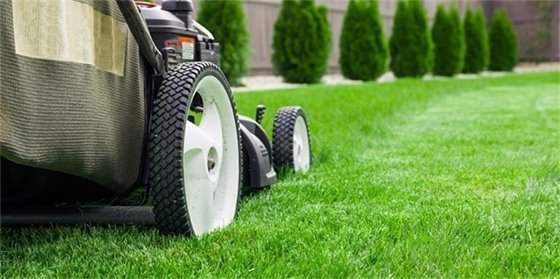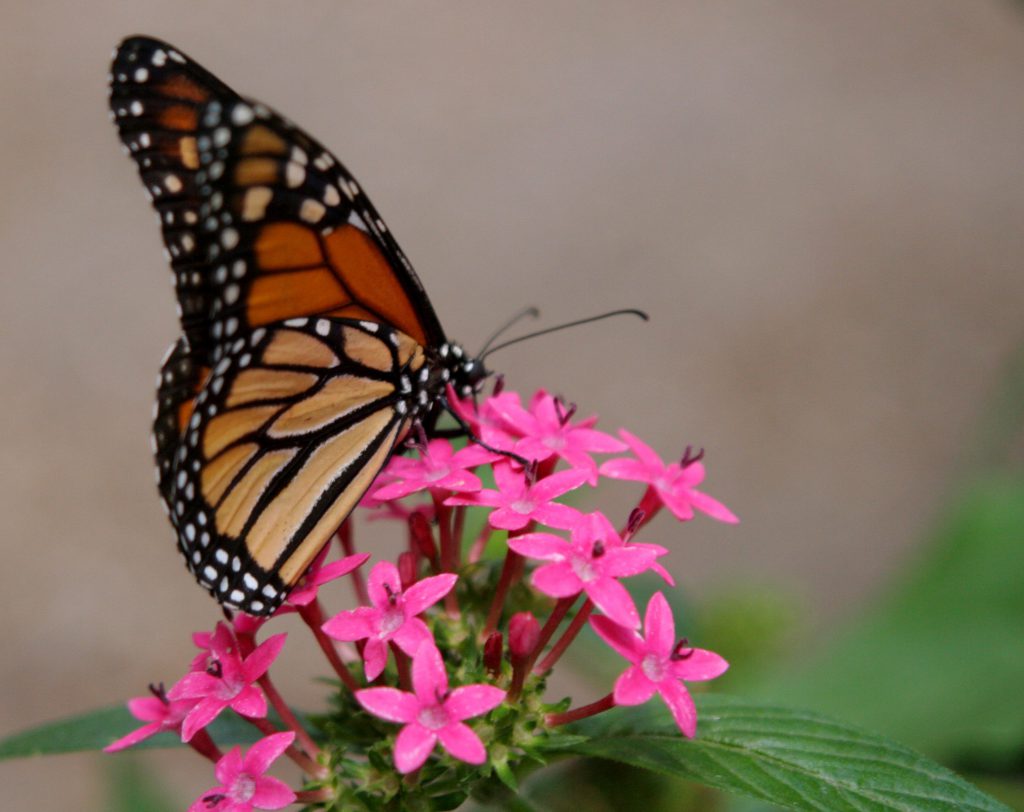It’s early spring which means time to pull the mower out of the garage and turn that engine over for the first time in months. As with most years, this task may be easier said than done. You fill the tank, check the oil, then pull that string hoping to hear that engine hum to life. Instead with a disappointing spurt, it putters back to sleep. Discouraged, you bounce between the carburetor and spark plug just knowing there is a simple solution. Finally, everything gets cleaned then reassembled, you pull that cord but this time the mower springs to life. As you stand there feeling the cold air on your skin you survey the lawn and think about how little you’re up for this effort today. Why not take another month off of this lawncare duty by partaking in your Panhandle horticulture agents’ “No-Mow March” initiative. Doing so can not only save you the early season frustration outlined above but may help you hold on to a little bit of your hard-earned dollars.
The Underlying Cost
It’s time we talk about the price of cutting your grass. A universal expense should you push your mower or ride on top is gasoline. Have you ever taken a minute to determine how much it costs to mow your lawn across the course of a season? For our purposes here, we’ll consider a single season to be March through September. Assuming you mow weekly as you should, that accounts for 28 sessions. On average, assuming your grass is dry, a walk behind mower will burn through about a liter or roughly a quarter gallon per acre of mowed lawn. With gas prices in Florida running at $3.45 per gallon according to AAA, that will cost $24.15 to cut your lawn across a single mowing season. Riding mowers exacerbate this even more burning through half to three quarters of a gallon per acre mowed. To be fair, they have a bigger job being as they must propel their own weight and that of the operator. In this instance, the cost of gas can run you anywhere between $48.30 and $72.45 in a season. All of this assumes that your mower is running efficiently. Why not cut yourself and your wallet a break and avoid mowing at all early in the season. Sit back and relax for a while longer this year and skip mowing in March and save yourself a little time and money. Your neighbors may complain. Tell them you’re helping both your back and the bees.

Beneficiaries
Early spring begins with emerging pollinator species. They spent the winter months holed up in their nests bunkered against the cold weather. Around March they stick their heads out and begin looking for nearby nectar sources. A good place to start is with the flowers which have popped up in your yard over winter. We see them as weeds, but to these titans of pollination they might just be the key to life.

Conclusion
Information on “No-Mow March” may be found by heading over to our information page located here. Information on pollinators may be found on these Ask IFAS documents or by contacting your local extension agent for this and any topic regarding your gardens and more.
- Cold Protection for North Florida - November 6, 2025
- Planning and Planting for Wildlife - October 10, 2025
- Why Say No to Invasive Species - August 23, 2025
